Rear I/O
The rear I/O panel is certainly an interesting specimen, with six USB ports being distributed in a way we've never seen before. Four are now where the parallel port used to be, in a rectangular array. Two more ports lie underneath the only RJ45 Gigabit Ethernet socket to the right. With the space available underneath the USB block, there could be another two ports included, or even the block itself could hold another couple given that there are six spare on board. However, six is the new median and should be enough for most people.Also under the USB block is an optical S/PDIF out port, with coaxial digital S/PDIF being offered through a pin-out on-board. Next to it is a 6-pin Firewire port. Still included are both PS2 keyboard and mouse ports, and we also have two 3Gbps eSATA ports from the southbridge.
Finally, six 3.5mm audio jacks are included providing the 7.1 channel audio as well as the line in and microphone ports. The jacks are coloured according to the AC'97 standard colouring.
In all, the rear I/O is somewhat inventive, but still has gaps spare for more ports that could be used. Ideally we'd have more S/PDIF ports, both in and out, as well as more USB preferably. Even a RS232 serial port might help a few people.

BIOS
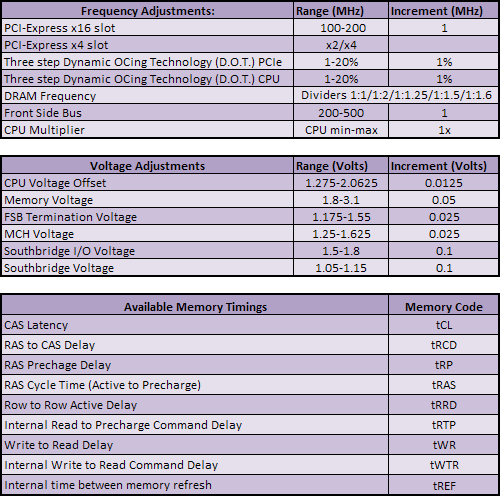
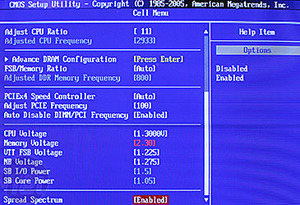
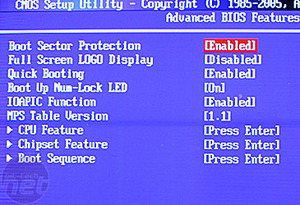
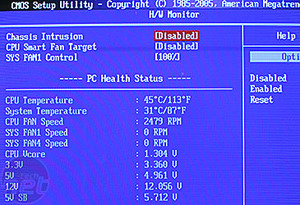

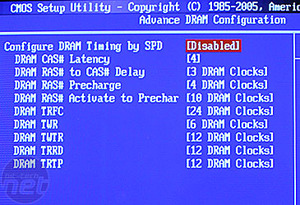

In the AMI BIOS, MSI includes its D.O.T overclocking for beginners, which increases in stages to allow up to a 20 percent automatic overclock of the system. You can apply it to both PCI-Express and CPU separately, allowing for specific tailoring of your overclock. Obviously any overclocking isn't guaranteed, although 20 percent isn't an optimistic upper limit because we've certainly seen more.
There are in fact quite a few memory dividers included, allowing you to run your memory at an optimum access latency and bandwidth. The 500MHz FSB limit might possibly be restrictive for those looking for insane overclocks, and we've certainly seen some stable mid to high 400s from P965 boards previously. However using a board all day every day at 500+MHz FSB is highly unlikely, and even though the Platinum is a high end board, it's not ultra enthusiast orientated like a DFI LANParty or the Asus RoG series board.
Not only are there plenty of memory dividers but there are also quite a few of timings available too, of which include the most common adjustments to keep most people happy. Again, it's no DFI BIOS, but it's certainly very tweakable.
As for voltages, you get a massive 2.0V on the CPU and 3.1V upper memory adjustments. So, no volt mods needed here then, just a gentle appreciation that running with these voltages will give you some burnt out hardware unless you live in the Arctic or are pouring liquid nitrogen over it. In an equal state of mind, 1.6V on the northbridge (MCH), 1.55 for the FSB and 1.8V SB I/O is high as well, however all these adjustments offer with some reasonably fine movements up to the voltage limit providing enough depth for everyone.
The layout is great and enough is provided by the BIOS so as offer a balance between both beginner and enthusiast.

MSI MPG Velox 100R Chassis Review
October 14 2021 | 15:04









Want to comment? Please log in.